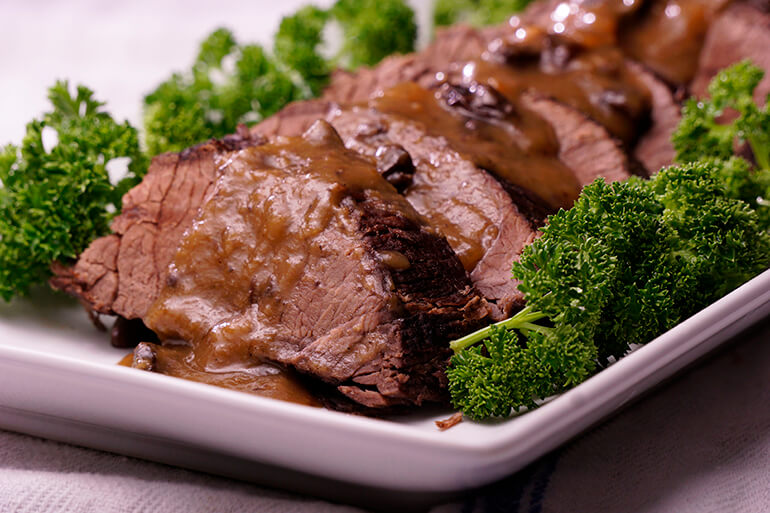Meats have been preserved in a similar manner throughout the world where climate extremes or transportation can be a problem. Drying and smoking https://emilybrydon.com/bear-meat-taste/ allows products to travel great distances and remain edible for long periods of time. Preservation can be accomplished by first cutting the meat into thin 1/4 to 3/8 inch thick strips and then drying them slowly over a fire – or in the sun in northern climates.
Drying is the critical factor in preservation of food products. The removal of moisture helps prevent bacterial activity and spoilage. Salt can be used to accelerate the removal of water and hence its widespread use as a traditional preservative. Modern day methods of water removal include freeze drying which will both remove the water and significantly reduce the weight of the food. Smoking the meat imparts extracts from the smoke (phenols, etc.) that helps to retards the growth of spoilage bacteria. Today preservatives are typically added to retard bacterial growth.
Meats that are good to preserve should be very lean, to prevent the fat from going rancid. Any source of red meat can be used including beef, elk or venison. The best cuts of meat to use for preservation include top round, bottom round and eye of round. The round comes from the hind quarter or back leg of the animal and is virtually gristle-free and very lean.
How you slice up the meat is a matter of personal preference. Jerky is typically sliced with the grain of the muscle fibers and produces a chewy and almost stringy product. I personally like to cut the meat against the grain to produce a jerky that is easier to break apart and eat.
To make jerky slice up 3 pounds of meat into ¼ to 3/8 inch thick strips. This weight of meat will make approximately 1.5 pounds. To make slicing the meat easier you may want to freeze the meat for 60 to 90 minutes prior to slicing.
Add the sliced meat to the bowl and make sure the meat slices are well coated with the mixture. The meat and the mixture should be added to a zip-top bag and the air expelled to ensure the meat is in constant contact with the marinade. Place the bag in the refrigerator for a minimum of 24 hours before drying. Make sure you shake the bag a couple of times during the marinating process to evenly impart the flavor to the meat.
The meat can be dried in one of three ways. You can dry the meat in an oven by placing the meat on screens and drying in an oven set to 200 F or lower for approximately six hours until the desired dryness is achieved. Don’t overlap the meat slices as it will prevent the meat from drying and ultimately affect the quality of the jerky. Leave the oven door ajar to allow the steam to escape. Drying times will vary so make sure you check the meat every hour.
You can also use a food dehydrator to make the jerky. Place the meat slices on trays without overlapping the slices. Make sure you have spaces between the slices to allow air to flow inside the dehydrator. Turn the dehydrator to the highest setting which is usually 145 to 155 degrees and set the timer to 8 hours. Dehydrator times will vary so check the jerky every hour to prevent over drying.
The third method uses an electric smoker to both dehydrate the meat and add flavor. You might want to skip adding the liquid smoke to the recipe above if you are planning to smoke the jerky. Place the meat strips on a screen making sure to leave space around each slice and avoid overlapping slices. Heat the smoker up to 180 F and place the meat inside the smoker. Do not add the moistened wood chips at this time. Dry the meat for 3 hours without smoke. When the meat begins to feel dry to the touch and a little sticky you are ready to add the wood chips that have been soaked in water for thirty minutes. Dry and smoke the meat until the desired dryness of the meat is obtained. Times will vary so check often.
Vacuum pack the finished jerky and store in the freezer until needed. Jerky can be carried in your pack for a maximum of a week and is an excellent source of protein. I like to carry jerky with me when I am hunting or hiking. This is a great way to preserve meat as a survival food!


